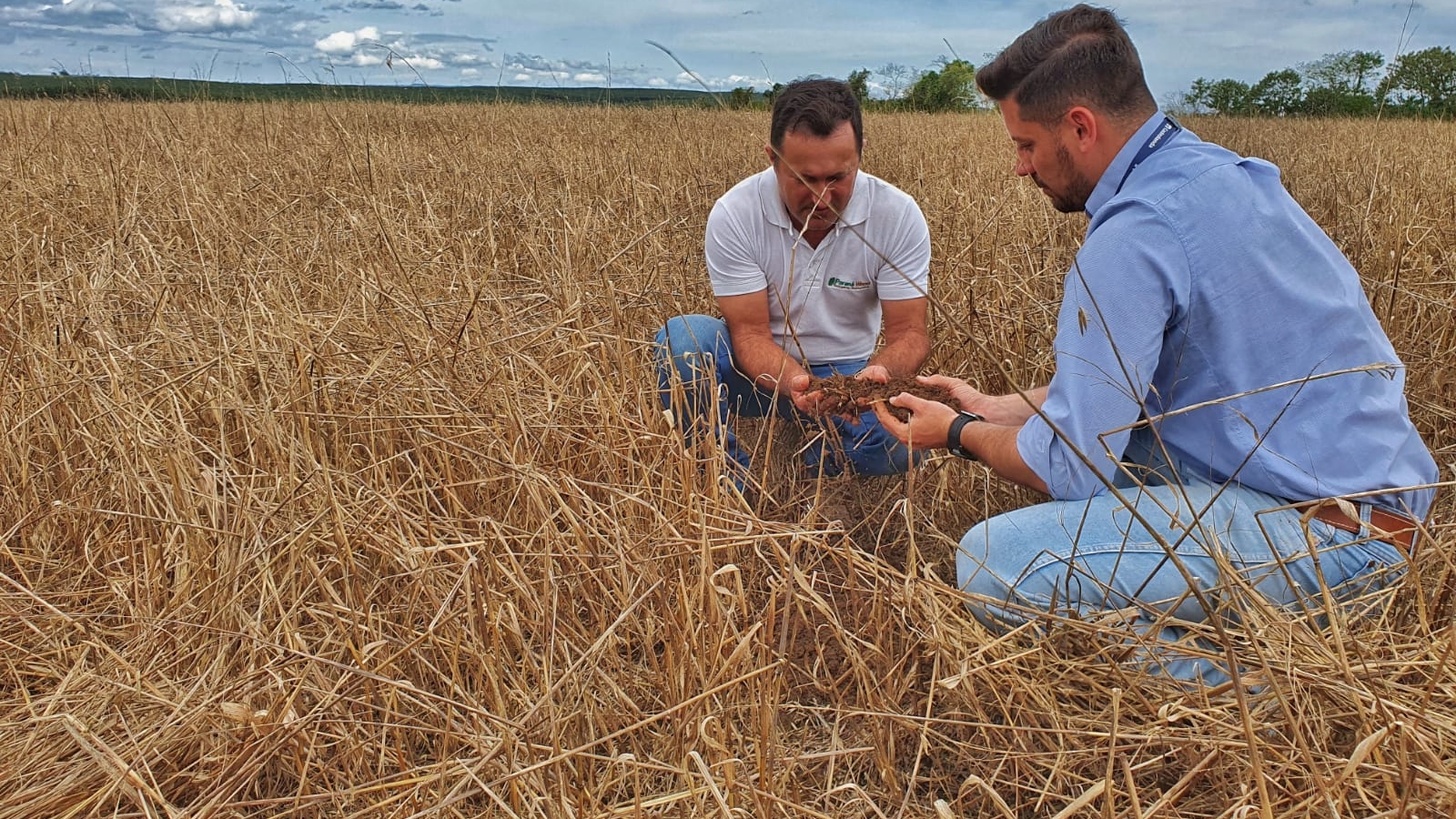Industries must urgently change energy matrix so that extreme phenomena are not so common
The latest report from the Intergovernmental Panel on Climate Change (IPCC), disclosed on February 28, 2022, brings a serious warning: health, life and the means of subsistence for humans, as well as prosperity and critical infrastructure, including energy and transport systems, are being increasingly and adversely affected by the risks caused by extreme phenomena such as heat waves, violent storms, draughts, and floods. Most of these phenomena are connected to the action of men and the issuance of greenhouse effect gases (GHG). IPCC is a group of scientists established by the United Nations to monitor and assist the global science community related to climate changes.
Brazil is already feeling the effects, as seen by the violent rains that brought death and destruction upon Bahia, Minas Gerais, São Paulo and most recently in the city of Petrópolis, in Rio de Janeiro. The drought that hit Paraná and affected the grain crops in over 40%, according to survey from the Department of Rural Economy(Deral) of the State Secretariat of Agriculture and Food Supply, is another example.
Society, companies, and governments must unite and seek solutions to urgently replace the use of fosile fuels – petrol, natural gas and coal – , the greatest GHG issuers, for generatinge energy and transport. Renewable and clean energies must be the priority, mainly for industries, since they bring a series of benefits, such as the reduction in GHG, which “cover” the atmosphere as a blanket, increasing temperatures.
In this context, biomass comes as a highly feasible option for replacing fosile fuel, mainly for mettalurgies, industries, farms, or rural properties. Biomass is all organic matter that can be used in producing energy. Eucalyptus chips, for instance, is a type of biomass with less impact to the environment, since it is a byproduct from reforestation wood not used by the furniture, civil construction, packaging and pulp industries, among others.
The use of eucalyptus chips is recommended for its sustainability, since the tree – in planted forests – sequestrates carbon dioxide (CO2) from the atmosphere during its entire life cycle, which lasts for seven years. According to a study developed by the Forestry Engineering course from the Institute of Agrarian Sciences (ICA) at the Federal University of Minas Gerais (UFMG), eucalyptus forests in the regions of the Jequitinhonha and São Francisco valleys, which supply timber to the domestic and international market, are responsible for removing 187 tons of CO2, causing a positive impact in the environment, since this is one of the causes of the greenhouse effect. This cycle neutralizes the effects of the burn.
At Paraná Wood Indústria Madeireira (PWIM), all the wood that is not used for packaging, pallets and dry wood is crushed to form the chips. Parts not used from trunks, such as sawdust, husks, branches and leaves are used in what the company calls simply as biomass, but others call as brikets, when pressed. Both chips and biomass from PWIM are excellent options for energy due to their high calory power and low cost. The wood industry produces an average of 6 thousand tons/month of wood chips and biomass.
According to PWIM manager Douglas Mendes, many industries in the region of Londrina feature in the company’s client portfolio, such as Café Iguaçu, Incopa, Império da Energia, Cocamar, and Grano Sul, among others, which seek both sustainability and low cost in its processes. “The use of wood chips as fuel for boilers makes the companies more competitive since it reduces the costs with electricity, which is at a skyrocket level. In addition, the emission of CO2 during the manufacturing process also decreases, which improves the brand position in face of its consumers who value actions with lower environmental impact”, he explains. Ant that is not a local phenomenon. Large national brands such as Malwee and the Heineken Group have migrated their energy matrix in their factories to biomass years ago. “When you add everything up, you see it is the best for the company. And in addition, you do your share to fight against climate changes”, Mendes declares.











